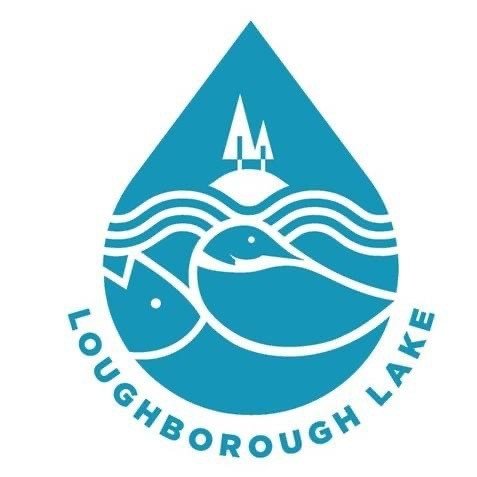Chloride Levels in Loughborough Lake
The lake association has taken water samples for years and reported them in the newsletters that have been distributed to the lake association members. These water samples have been sent to Dorset, Ontario for analysis at the Environmental Science Centre located there, a Ministry of Environment, Conservation and Parks facility. They have reported on Secchi Disk measurements along with levels of phosphorous and calcium in the water. Recently they added chloride levels to their test reports, so this information can now be passed on.
Chlorides are salts and the new data reports on the amount of saltiness in the lake. Chlorides can be naturally occurring – limestone bedded lakes will be higher in chlorides - as well as coming from human produced sources like farm runoff, manufacturing discharge and road salt. Not surprisingly, Loughborough Lake levels are higher than its surrounding granite bedded lakes. Looking through the six years of data, you can see that Collins Lake, another lake set in limestone, shows similar chloride values to Loughborough.
The levels of chloride are relatively consistent over the years, with a slight downward trend. The data in the graph below is shown for west basin and east basin values.
So how salty is the lake? For comparison purposes, sea water is about 19,400 mg/L. While Loughborough Lake is nowhere near sea water chloride levels, it is important to note that chlorides, in low levels, are required for plant and animal life. However, chloride levels higher than 250 mg/L are not permissible for public drinking water sources in the US and have been known to contribute to corrosion in pipes.


